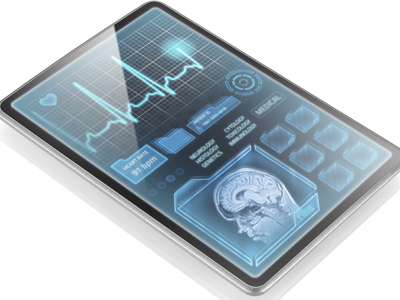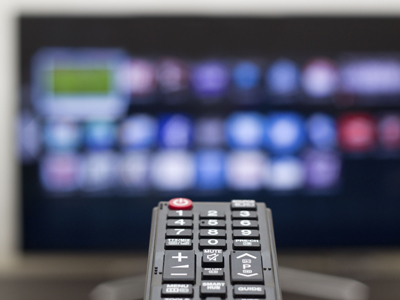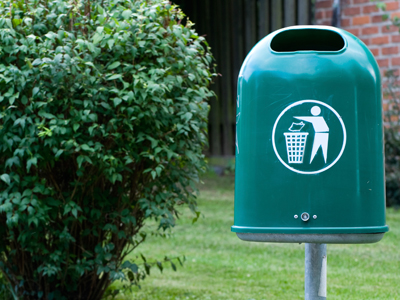More than 10 billion wireless devices are connected to the Internet and that number continues to grow daily. These devices are able to transfer volumes of information to each other without any human interaction.
The “Internet of Things” can provide economic growth opportunities, as well as challenges, for businesses and entrepreneurs, says IT Brief, a Walnut, Calif.-based firm that gathers news and insights for IT professionals.
The following seven “Internet of Things” may surprise you, says IT Brief.
No. 1
Implanted Defibrillators
Heart implant defibrillators have wireless capability and can send data directly to a doctor’s office, and increasingly to other devices, such as a smartphone. Former Vice President Dick Cheney had the wireless functionality of his heart implant defibrillator disabled to avoid any potential assassination attempt.

No. 2
Cattle
Ranchers use wireless sensors on cows to monitor them from afar. These devices alert the ranchers if the cows become sick or lost. Alerts also occur if a cow is pregnant. Farmers can use the sensors to find out how much milk their cows are producing.

No. 3
Houseplants
No green thumb? Wireless sensors can monitor water temperature and nutrient deficiencies in plants. These sensors notify you when an action is required and can automatically turn on or off watering devices or light fixtures.

No. 4
Televisions
No boxes or cables needed. New TVs have the ability to connect to the Internet without wires. This allows you to stream channels such as Netflix or YouTube without being connected to a cable box. In addition, other areas of the Internet are also made available such as Facebook or Twitter.

No. 5
Pill Bottles
GlowCaps on pill bottles keep track of whether a patient is taking their pills as prescribed. Reminders escalate from a glowing top 30 minutes after a missed dose to a phone call or text message alert after 2 hours. Other features include e-mails sent to a relative or doctor informing them if the patient is taking the required dose, and a refill button that is sent directly to the pharmacy.

No. 6
Waste Management Systems
Radio Frequency Identification sensors allow municipalities to track tags attached to waste containers that let them know the number of times a container is set out for collection and the weight of its contents. This supports the implementation of incentive-based pay-as-you-throw systems, in which a fee is charged for garbage collection and rates increase as the amount of garbage thrown away increases. Local governments can use this as a financial incentive for residents to reduce waste and recycle, which can lead to lower transportation and disposal costs.

No. 7
Factory Machines
Much of the production in factories has been automated for years. However, now manufacturing plant systems have the ability to connect to suppliers and marketers through wireless sensors providing more opportunity for optimization of the manufacturing process.
